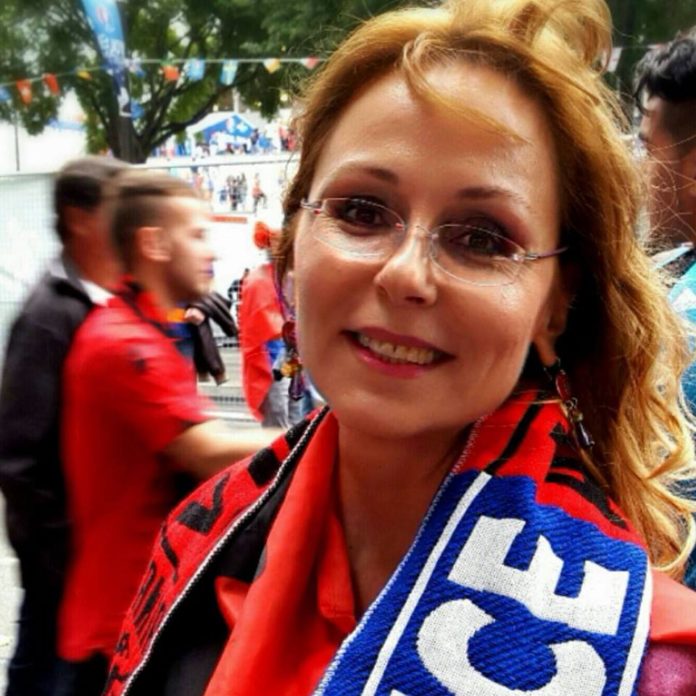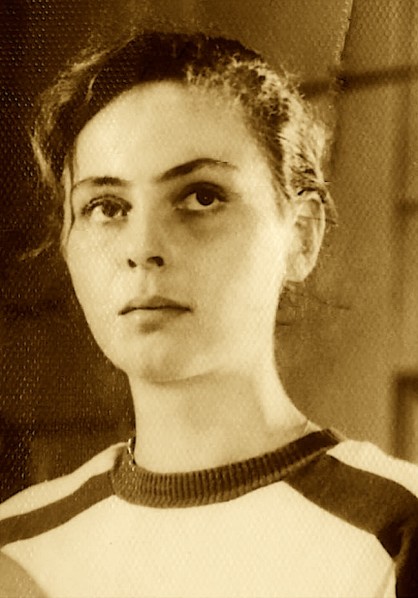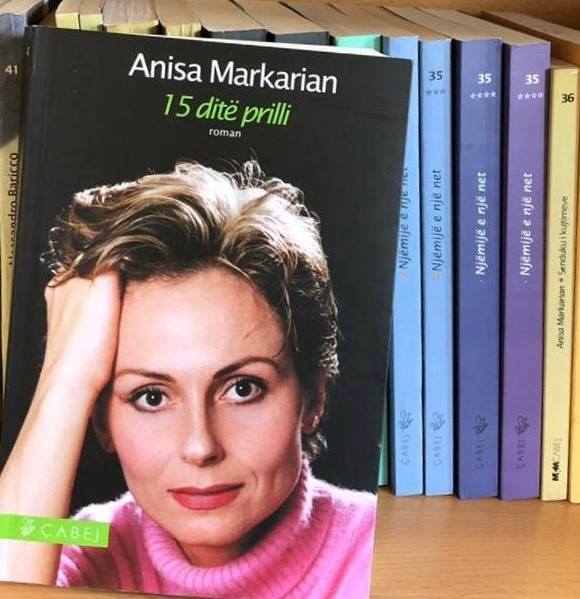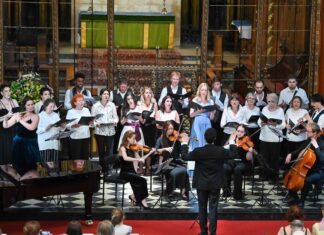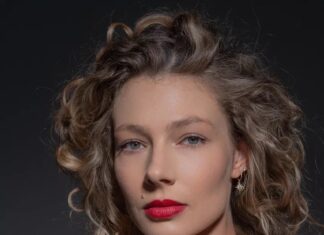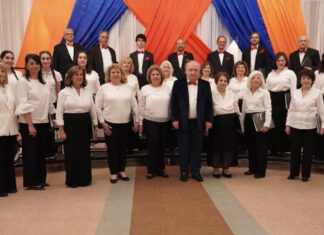By Artsvi Bakhchinyan
Special to the Mirror-Spectator
PARIS/YEREVAN — The name of Anissa Markarian was one familiar to me; I have mentioned her as an actress and screenwriter of Albanian cinema in my book Armenians in World Cinema (2004) and in a small study on history of Albania’s Armenian community. At that time I knew very little about her, but now, due to social networks, the boundaries are becoming more and more limited. So Anissa Markarian accepted to give an interview to the Armenian press, noting that she deeply appreciates the honor of this invitation. “It means a lot to me as the daughter of a survivor of the Armenian Genocide,” she wrote.
Anissa Markarian was born on July 4, 1962, in Albania’s capital, Tirana, to an Armenian father and Albanian mother. Despite her artistic tendencies, especially for acting and literature, she decided to study medicine. After graduation, she practiced as anesthesiologist at Tirana University Hospital. At the end of 1990 she emigrated to France where she lives and works as an emergency doctor and lecturer in physiopathology and dietetics-nutrition.
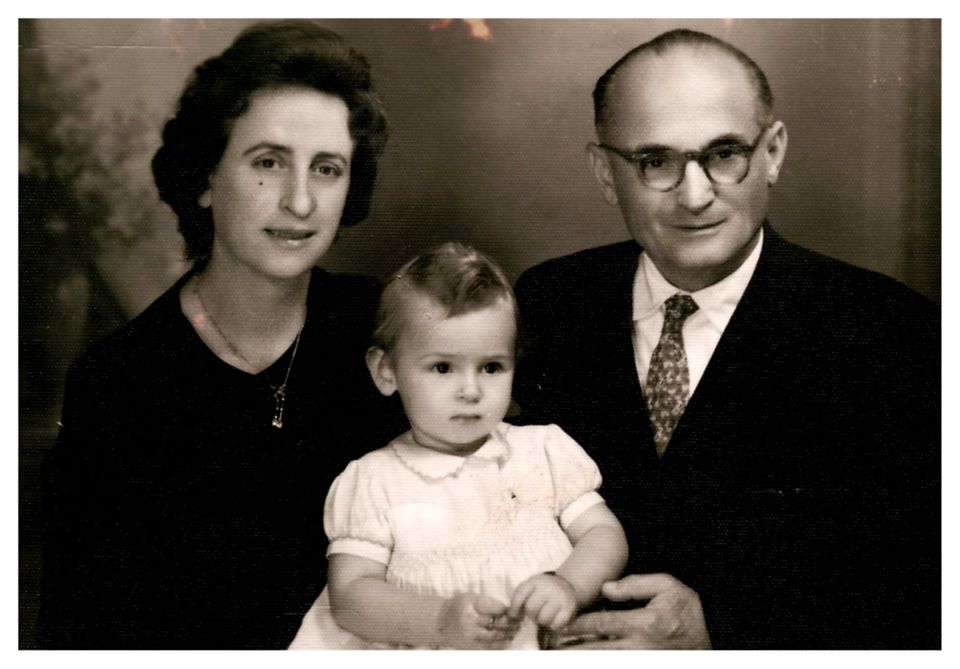
Anissa Markarian landed her first movie role at the age of 16. Two years later, at the age of 18, she won the best actress award in a leading role. In her last two Albanian films (1988 and 1990) she was not only the leading actress, but also the screenwriter. After moving to France, she participated in two other films playing episodic roles: “Far from the Barbarians” (1993, a French-Belgian-Italian production) and “Lie Down with Lions” (1994, an English production).
In 2017, Markarian received from the President of the Republic of Albania, Bujar Nishani, the title of Grand Master with the following citation: “In recognition and appreciation of the peculiar and talented artist who, through her memorable cinematographic roles and interpretations, as well as her literary stories written in accurate Albanian, became one of the most prominent figures of the Albanian artistic and intellectual elite.”



